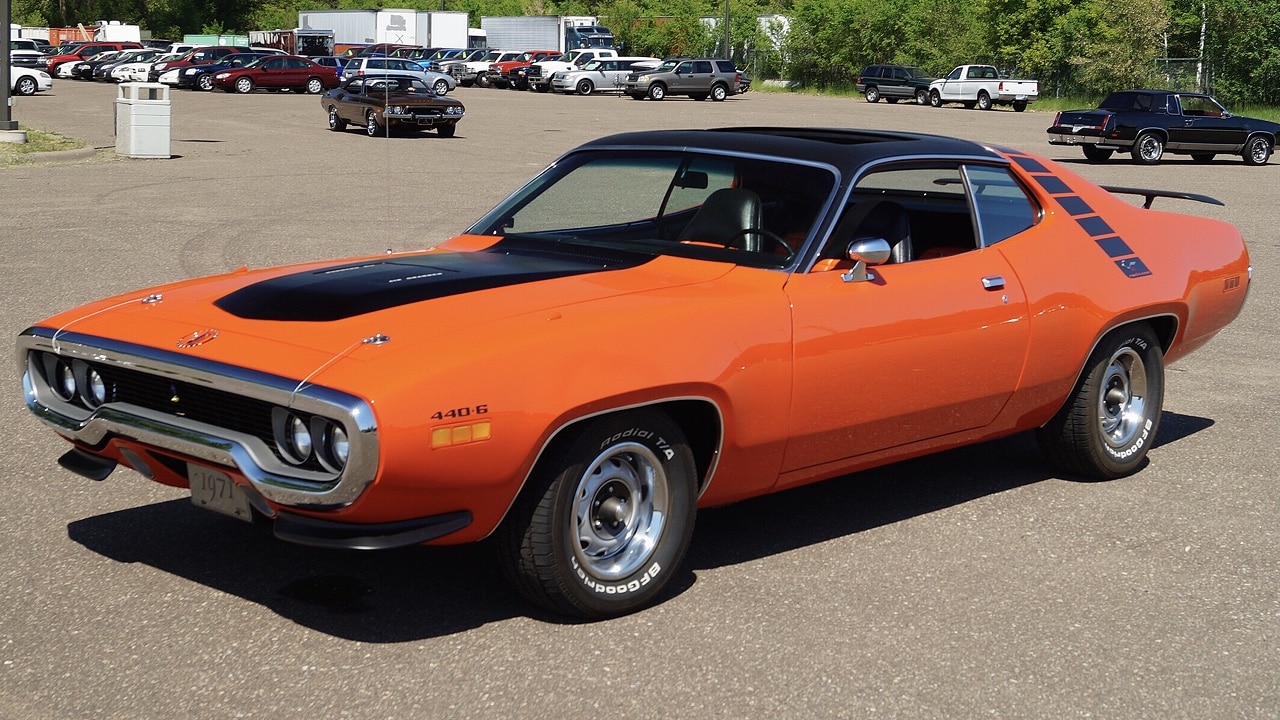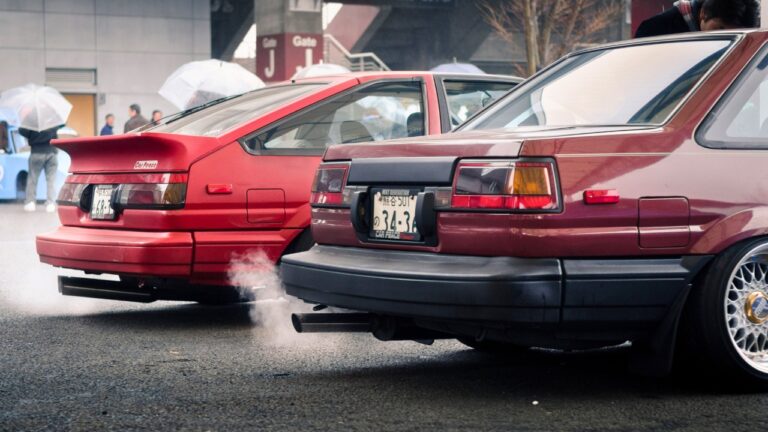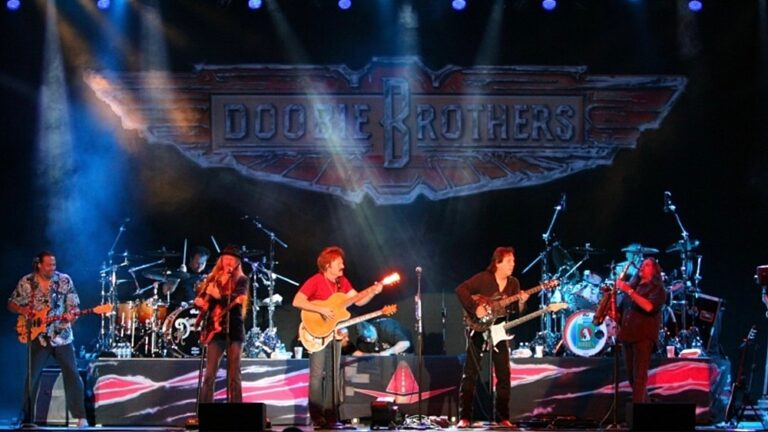13 Most Legendary MOPARS Ever Produced

“Yeah, MOPAR is the exclusive source for genuine OEM parts manufactured specifically for Chrysler brands, so what’s the big deal?” This author dreads the time in our history when words like this would roll off the tongue of people who consider themselves enthusiasts.
Indeed, MOPAR is a derivative of the words “MOtor” and “PARts,” but the term has much more weight than a reference to exclusive parts and accessories for Chrysler vehicles.
In short, MOPAR is street-legal high-performance. The presence of MOPAR parts is so definitive the brand doesn’t matter — Chrysler, Dodge, RAM, or even FIAT — the car is a MOPAR. It’s been that way since the 1960s.
From MOPAR’s forge come replacement and personalization parts, from electrical components to glass products to racing parts and engines. The ‘forge’ also mints high-performance packages like the Plymouth Barracuda HEMI. Here is a tribute to what we consider 13 of the most legendary MOPARS ever made.
1970 Plymouth Hemi ‘Cuda

The Hemi ‘Cuda is a quintessential MOPAR muscle car as Plymouth was one of the original Chrysler Corporation brands, and the ‘Cuda was the high-performance variant of the Plymouth Barracuda. As a symbol of the muscle car culture in America, the ‘Cuda features in television, films, and other popular media.
The ‘Cuda’s legendary status in the muscle car world is due to its 426 Hemi V8 known for immense power and performance. It blessed the ‘Cuda with an extraordinary 425-hp and 490 lb-ft of torque.
1968 Dodge Charger R/T

The 1968 Dodge Charger R/T is a classic MOPAR muscle car with a 440-cid V8 engine, a hallmark of Mopar Performance in the ‘60s and early ‘70s. Only 211 Charger R/Ts (Road & Track) had the HEMI with a 4-speed manual gearbox, making them somewhat of a holy grail in MOPAR enthusiast circles.
Even without the fame due to its role as Steve McQueen’s ride in the Bullitt movie, the 1968 Charger R/T was born with the stuff of legends, from its aggressive fastback styling to the powerful 440 Magnum V8 to the full-width taillights and hidden headlights.
1971 Plymouth Road Runner

The Road Runner is a MOPAR legend powered by iconic powerplants, including the 383 cu-in V8 that enthusiasts could swap for larger displacements like the 440 V8 and 426 HEMI. Its Sassy Grass Green paint scheme is just as iconic as the car itself. Like the Bullitt Charger, the Road Runner also cemented its iconic status in numerous films, TV, and music videos.
The car’s connection with the famous Warner Bros. cartoon character of the same name helped spread its fame beyond the automotive world. The Road Runner represented affordable performance at the height of the muscle car era.
1969 Dodge Charger Daytona

The classic Charger Daytona’s development included extensive wind tunnel testing to sharpen its aerodynamics. The iconic massive rear wing and extended nose cone were part of the deal intended to break necks at NASCAR. The Daytona was built specifically for NASCAR racing, and it did break necks on the racing circuit.
It secured six victories between 1969 and 1970 before passing the torch to its successor, the Superbird. The Daytona was so formidable that it came to be known as the Winged Warrior, not only at NASCAR but also on the USAC (United States Auto Club) and ARCA (stock car series) race circuits.
1970 Dodge Challenger R/T

The 1970 Dodge Challenger R/T was a direct competitor to the Ford Mustang and Chevrolet Camaro. It captured the essence of the muscle car era with its muscular styling elements highlighted by the iconic dual hood scoops, a long hood, a short deck, and an overall predatory profile.
If the test of legends is iconic roles in movies, the 1970 R/T made the mark with features in movies and TV shows, most notably the 1971 Vanishing Point action film starring Barry Newman, Victoria Medlin, and Cleavon Little.
1969 Plymouth Barracuda

The Barracuda is recognized as a precursor to the muscle car era. It used a variety of potent engines, including the entry-level straight-six and the more potent 340 and 383 V8 engines. The HEMI ‘Cuda is often the more recognized Barracuda performance variant, while the Sunfire Yellow Formula-S convertible model with a 340 engine often slips the memory.
The Barracuda looked sporty with its quad headlamps and a revised grille. It made its mark in motorsport events like the Trans-Am and drag racing.
1967 Plymouth GTX

It was nicknamed the “gentleman’s muscle car” because it blended luxury with performance. The GTX is an undeniable MOPAR that Plymouth introduced in 1967 as Belvedere’s high-performance model line.
It had a distinct grille design, racing stripes, and simulated hood scoops that stood it out from the Belvedere II and other muscle cars of that era. The engine bay was home to the legendary 440 Super Commando V8 and the optional 426 Hemi V8. The GTX enjoyed a successful racing career, both in drag and NASCAR.
1966 Dodge Coronet Hemi

The 1966 Dodge Coronet Hemi embodied MOPAR’s dedication to performance in the golden era of muscle cars. It was among the early pioneers of the 426 HEMI, helping set the stage for MOPAR performance and its implication in racing and street performance.
Many were surprised to learn of a one-of-a-kind ‘66 Coronet with a factory-installed 426 Wedge V8 engine that was supposedly no longer produced at the time. The HEMI was the same unit producing 425-hp and 490 lb-ft of torque. It made the Coronet popular with drag racers.
1970 Dodge Super Bee

The classic Super Bee is an iconic representation of American muscle cars. It was based on the Coronet and marketed as a more affordable Dodge muscle car.
The Super Bee was instantly recognizable by its bold stripe (often with the bee logo) wrapped around the tail and the Ramcharger hood (in some models) for increased airflow to the engine. It benefited from the Coronet’s 426 Hemi along with the 440 Six-Pack V8 plus an optional MOPAR A833 4-speed manual transmission.
1970 Plymouth Superbird

Even though NASCAR’s rule changes in 1971 cut short the Superbird’s competitive life, it will always be celebrated as one of the most legendary MOPARs ever produced. It was purpose-built for NASCAR and is said to have been the result of a plot by Plymouth to lure back racing legend Richard Petty.
Noting the Charger Daytona’s racing exploits, Plymouth plotted to create an aerodynamic powerhouse based on a similar design, ergo, the 20-inch extended nose, streamlined rear window, and a towering 24-inch rear wing for downforce. The Superbird flew to a top speed of 200 mph and gave drivers like Petty sweet triumphs.
1971 Dodge Demon 340

The Demon 340 was a performance-oriented Dodge Dart, benefiting from a compact design, lighter construction, and robust 275-hp 340 cu-in V8 engine. The Demon may not have achieved the level of success it did if it hadn’t been relatively affordable and more accessible to the average shopper.
It stood out from the Dart and other muscles of the era with its dual-scoop hood, bold graphics, and the unique “Demon” mascot logo. The Demon’s compact dimensions influenced its handling, even if it wasn’t the most powerful muscle car on the road.
1955 Chrysler C-300

The C-300s MOPAR story is intertwined with the legendary Chrysler Hemi engine. It is the first of the American marque’s famous “letter cars” and is often recognized as America’s first muscle car due to its iconic two-door hardtop and powerful engine combination. It featured a 331 cu-n Hemi V8 that made 300-hp, a significant output for the 1950s.
Naturally, the C-300 was a racing success story, especially the models specially prepared by Carl Kiekhaefer. It dominated the NASCAR and other motorsport events during the 1955 and 1956 racing seasons. They’re a rare sight for sore eyes today since just 1,725 were made.

The GTS was a child born of necessity — a necessity to compete with other quick muscle cars in Stock Eliminator classes. 6,702 were produced in total, of which 417 were convertibles. Among the 6,285 hardtops, a paltry 640 had the M-code 440 cu-in big-block engine.
The story is that the Chicago Chrysler dealer Norman Kraus was the first to equip the Dart with a 440-cubic-inch RB big-block engine, a defiant game they had already played with the Dodge Dart in 1967 by installing a 383 to create the Dart GSS.
Kraus and his people would later fit a 440 into the GSS to make it eligible for the NHRA Super Stock competition. Now convinced, Chrysler offered an M-code 440-powered Dart, calling it the GTS. Hurst Performance converted E63-code 383 models into 440 GTSs, mated exclusively to a 727 TorqueFlite 3-speed automatic transmission.





